I'm looking for a type of device I can hook my arduino (micro-controller) to that will control a set of lights that require 120VAC. Basically I will be making a light organ, where the arduino will be processing an mp3 file, splitting up three frequencies, then turning on the set of lights which is set for a specific frequency. Basically making the lights flash to the music.
The problem is I can't just use a relay because they have a delay time, and if the music is to fast the lights won't turn off in time. So I need another solution.
Does anyone know a device that is low dc voltage controlling 120 VAC, and has a very minimal delay time?

